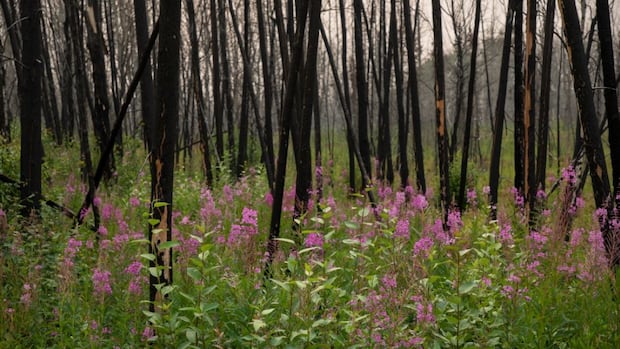Tourism in Jasper, Alberta, is facing a decline in visitors this year due to the aftermath of a devastating wildfire that destroyed around one-fifth of the town’s overnight accommodations last summer. Despite this setback, Tourism Jasper’s CEO, Tyler Riopel, mentioned that the current visitor numbers align with the available accommodations, which he considers a positive outcome given the circumstances.
The town has experienced a 16- to 20-percent reduction in the number of visitors directly linked to the loss of lodging options. However, the existing spots are nearly fully booked, indicating a strong demand despite the challenges. Riopel anticipates this accommodation shortage to persist until the town’s reconstruction is complete.
While tourists seem to be spending less at local establishments, there are still numerous activities to enjoy in the national park, including extensive hiking trails, whitewater rafting, the SkyTram gondola, golfing, and boat cruises on Maligne Lake. Riopel highlighted Parks Canada’s efforts to provide accessible fire-impacted forest trails for visitors to explore, making Jasper an intriguing destination.
Although summer typically attracts a high volume of tourists, winter remains vital for the town’s tourism, drawing visitors for skiing and other winter pursuits. Meanwhile, in areas affected by wildfires across the country, such as northern Saskatchewan and Manitoba, outfitters catering to hunters and fishermen are facing significant financial losses. Operators are struggling to adapt to disruptions caused by the fires, including cancellations due to safety concerns and transportation limitations.
As the tourism industry navigates these challenges, there are calls for proactive measures to address future wildfire threats. Discussions with government officials are being sought to explore solutions that could mitigate the impact on businesses and tourism. The Indigenous Tourism Association of Canada has also reported difficulties faced by its members, emphasizing the broader societal and economic implications of the tourism industry beyond mere financial concerns.
In conclusion, while various external factors, including wildfires and labor disruptions, continue to affect tourism across Canada, stakeholders are resilient and committed to overcoming these challenges. The focus remains on adapting to unforeseen circumstances and ensuring the sustainability and growth of the tourism sector in the face of adversity.



